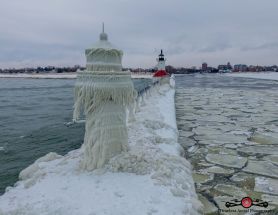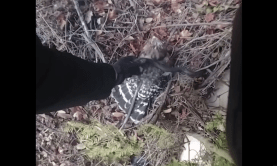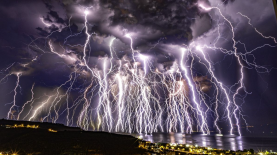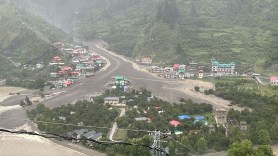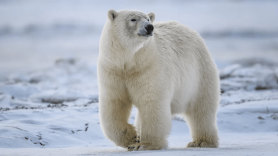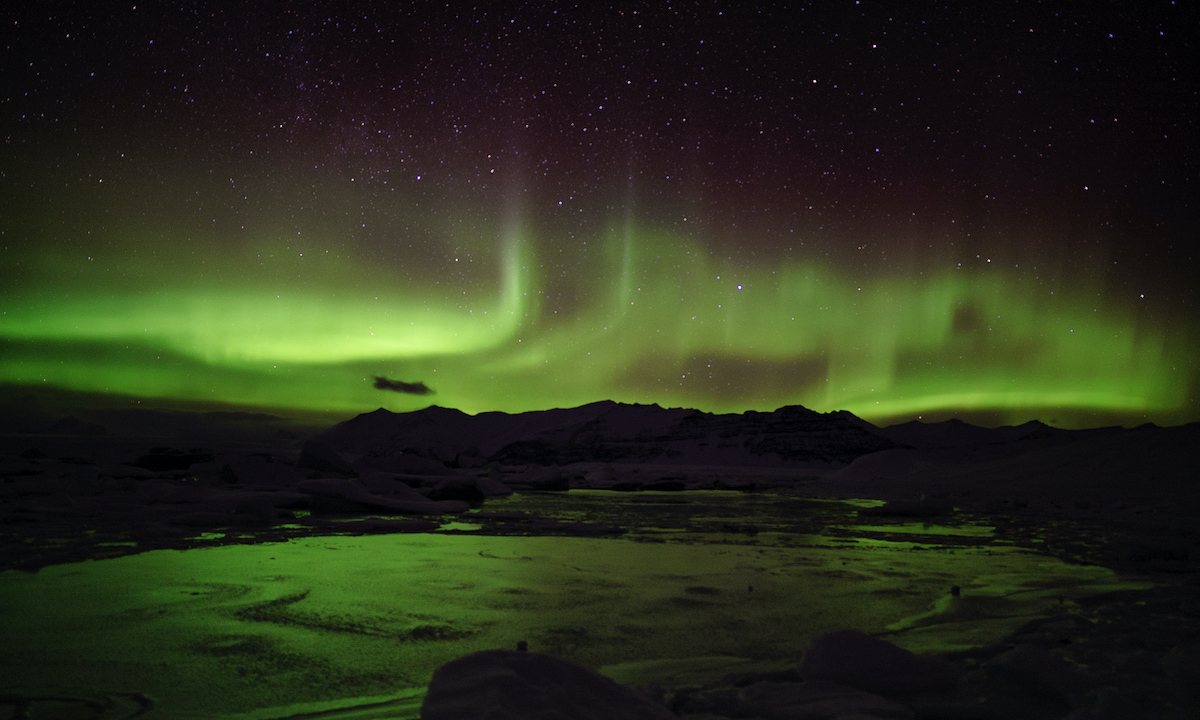

A Northern Lights event that stretched coast-to-coast across North America last week was so strong that people spotted it as far south as Arizona and New Mexico. The U.S. hasn’t experienced a geomagnetic storm this intense since 2017.
Videos by Outdoors
Also called the aurora borealis, the Northern Lights happens when the sun ejects tiny particles and sends them speeding toward Earth. When those particles collide with our atmosphere, we see an explosion of color.
While the Northern Lights are easiest to see on clear, dark nights far north, they occasionally appear in the Lower 48. Right now, we’re in the thick of “aurora season,” reports The Washington Post. And it’s been one for the record books. Last week’s Lights were visible in Virginia, North Carolina, and Wyoming, as well as in the Southwestern U.S.
Pretty much just a raw to jpeg conversion with a little noise reduction but I had to import the files this morning and make sure it wasn’t just a dream. #azwx #aurora pic.twitter.com/OaCkIxGGBg
— John Sirlin (@SirlinJohn) March 25, 2023
Solar activity usually picks up around the spring and fall equinoxes in March and September. During an equinox, day and night of almost equal length. “A common explanation is that Earth’s magnetic field is aligned in an optimal position to receive charged particles from the sun,” the Post reported. This can facilitate geomagnetic activity, making auroras stronger.
If you missed the recent spectacle, don’t despair. Alex Young, a solar physicist for NASA, told the Post that “space weather” is only going to get more exciting over the next few years. In that time, it may become more common to see the aurora further south. That’s because the current solar cycle will hit its peak in about two years, according to a report from Space.com.
Shenandoah National Park, Virginia. 11pm. pic.twitter.com/jEvHGbGXgP
— Peter Forister ❄️💨❄️ (@forecaster25) March 24, 2023
Scientists can’t always predict with certainty how strong an aurora will be — or from where you’ll be able to see it. Last week’s show came as a surprise even to the experts, who originally predicted just a level-2 or -3 affair (the actual phenomenon reached level 4 of 5.) Still, you can find some useful forecasts online to give you a general sense of upcoming aurora activity. We particularly recommend the aurora forecasting tool from the University of Alaska Fairbanks.
If you live in an area where you’re likely to see solar activity, try to get as far from light pollution as you can before posting up for a view. The darker and clearer the sky is, the better a chance you’ll have.
And if you’re eager to travel for your viewing experience? You can often see the aurora from remote northern towns in Scandinavia, Canada, Iceland, Greenland, and Alaska. Sometimes the Lights are also visible from the isles in Northern Scotland, where the flickering beams are called the “merry dancers.”


